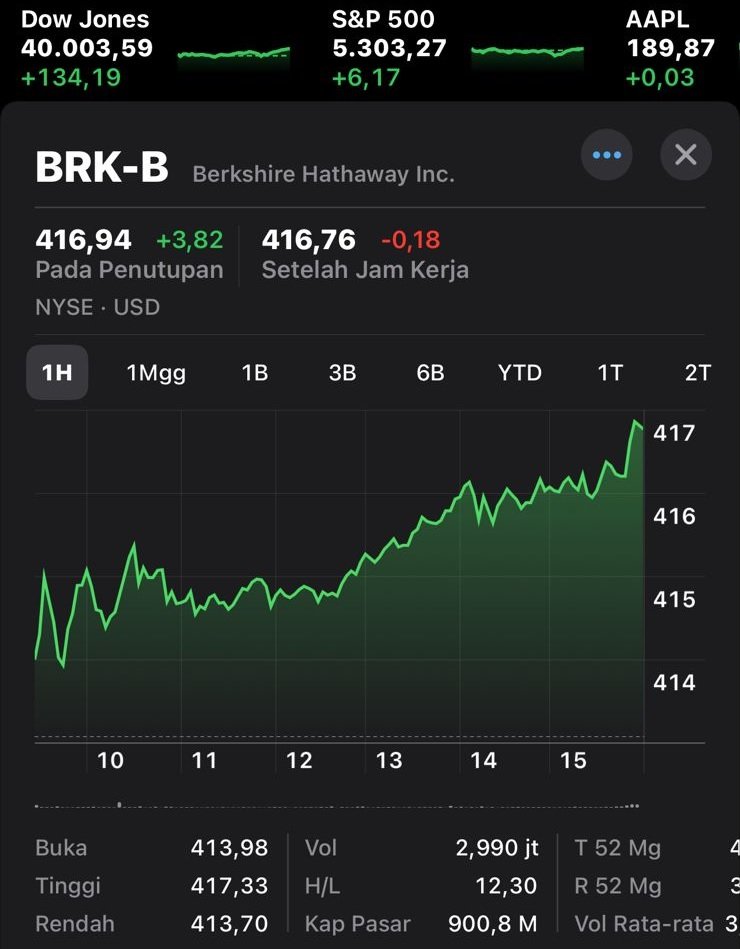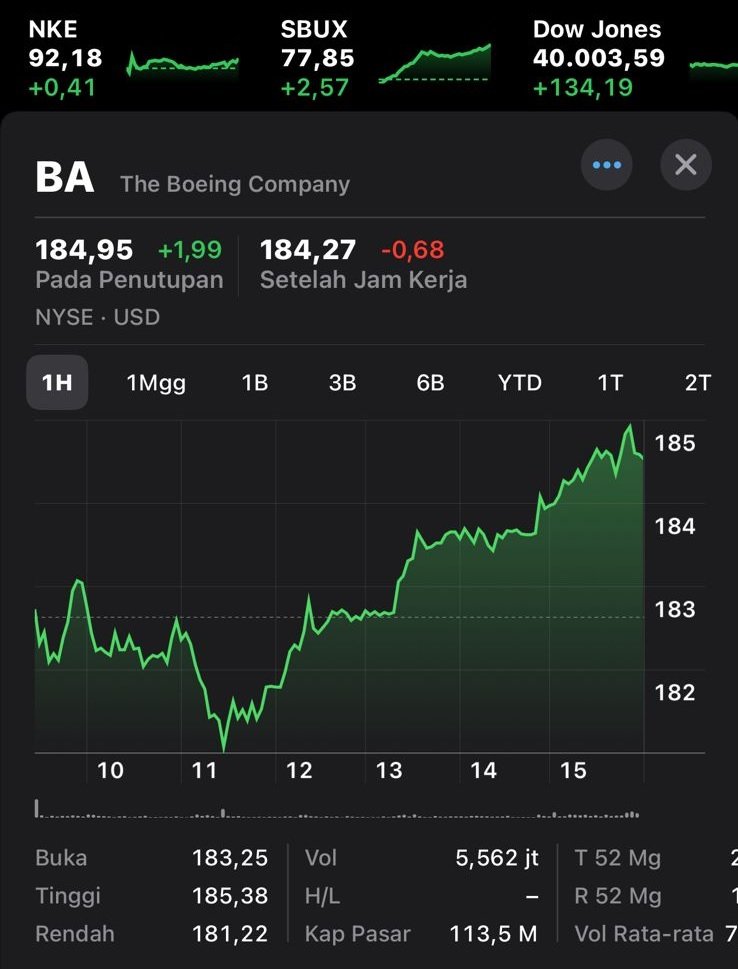As investors, we need to diversify our investment portfolio to minimize risk and maximize the potential profits we can achieve. While many investors focus on traditional investment options like stocks and bonds, there are other opportunities we should explore as options. One of these unique investment opportunities is investing in the South African Rand.
Why consider investing in the South African Rand?
The South African Rand (which is Indonesian for South African Rand), also known by the abbreviation ZAR, presents an attractive investment opportunity for several reasons. First and foremost, South Africa is the country with the second largest economy in Africa, so this country is able to offer a wide market for investors to take advantage of. This rich African country has a variety of industries, including mining, manufacturing and financial services, which contribute to South Africa’s economic growth.
Investing in the South African Rand can also provide investors with some protection against inflation. When the global inflation rate increases, the value of currencies such as the Rand, which are not directly linked to major global currencies, can actually increase in value. This means that by investing in the Rand, we as investors can potentially protect our portfolio from the negative impacts of inflation.
In addition, the South African Rand has historically shown strong potential for growth or appreciation in value. Over the years, the Rand has experienced periods of volatility, but has also recovered from falls in its exchange rate and shown resilience. This volatility in the Rand can provide an opportunity for investors to take advantage of fluctuations in the value of the currency and make a profit from fluctuations in the Rand price.
Factors Affecting the Value of the Rand
The value of the Rand is influenced by a number of factors, including:
1. Internal Economic Conditions
South Africa’s economic performance, including GDP growth, inflation, and unemployment rates, has a major impact on the value of the Rand. Investors tend to watch these indicators closely to gauge the economic health of the country.
2. Global Economic Conditions
Changes in the global economy, such as commodity price fluctuations and trade tensions between countries, also affect the Rand exchange rate. South Africa is one of the world’s major commodity producers, so the prices of commodities such as gold, platinum and coal can have a significant impact on its currency.
3. Monetary Policy
The policies adopted by the South African Central Bank (SARB) play an important role in determining the value of the Rand. Interest rates, market intervention, and fiscal policy are some of the factors considered by the SARB to maintain the stability of its currency.
4. Market Sentiment
Apart from fundamental factors, market sentiment can also impact the value of the Rand. Political news, domestic events, and economic forecasts can trigger significant market reactions.
Factors Affecting the Value of the South African Rand.
It is very important to understand the factors that influence the value of the South African Rand so that we as investors can make the right investment decisions.
One of the main factors influencing the value of the Rand is the political and economic stability of the South African country. Political events, such as elections or changes in South African government policy, can have a significant impact on the value of the Rand currency.
Likewise, economic indicators such as GDP growth, inflation rate, and interest rates play an important role in determining the value of the South African currency.
Another factor that investors need to consider is commodity price conditions, especially in the gold and platinum commodity markets. Because South Africa is one of the world’s leading producers of precious metals, and price fluctuations can affect the value of the South African Rand.
In addition, global financial market trends and investor sentiment towards financial markets in developing countries can also influence the Rand’s performance.
It is also worth noting that external factors, such as changes in global trade policies or geopolitical tensions, can also influence the value of the South African Rand. Therefore, it is very important for us as investors to always be aware of these factors and the potential impact of external factors on the Rand currency before making investment decisions.
Risks and Constraints of Investing in the South African Rand.
Although investing in the South African Rand can provide several benefits to investors, investors need to be aware of the risks and constraints associated with this investment. One risk that investors need to pay attention to is currency volatility. The rand has a history of being susceptible to significant fluctuations, which could lead to potential losses for investors holding this currency. Therefore, it is very important for investors to monitor the performance of the South African Rand closely and set realistic expectations.
Another obstacle is the potential impact of external economic shocks on the value of the South African Rand. As a currency originating from a developing country, the Rand is more vulnerable to global economic events where these changes affect investor sentiment. This means that factors outside the control of the South African Government, such as a global recession or currency crisis, could have a significant impact on the value of the South African Rand.
Additionally, investing in the South African Rand carries risks in terms of regulatory and political conditions. Changes in South African government policy such as capital controls or currency trading restrictions, may affect the ease with which investors can invest in Rand. So for us as South African Rand investors it is necessary to always have the most up-to-date information regarding political and regulatory conditions so that we can navigate these potential challenges effectively.













